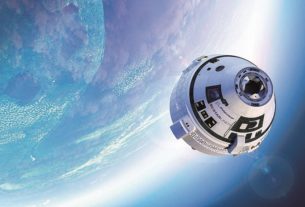Scientists from Queen Mary University of London demonstrated for the first time that DNA can be picked up from the air. The finding could provide new techniques for forensic investigators and anthropologists, even aid in understanding the transmission of diseases like Covid-19.
The task force examined whether environmental DNA (eDNA) could be collected from air samples and used to identify animal species. Most similar studies to date have focused on collecting eDNA from water. “The samples could be successfully detected from naked mole rats and human DNA was also found in the air,” said Dr. Elizabeth Clare, lead author of the research.
Clare, detailed in the article published in Science Focus that they first took air samples from a room that had harbored mole rats. They then used techniques for existing forensic applications to check for DNA sequences in the air. The experts also used a peristaltic pump combined with pressure filters to sample the mole rat DNA for five to 20 minutes.
Following this, the experts used standard kits to find and sequence the genes in the resulting samples. The scientists showed that published evidence showed that animal eDNA can open up new opportunities to investigate animal communities in hard-to-reach environments such as caves or burrows.
The main author of the scientific work pointed out that it can also be used to help better understand the transmission of diseases, including Covid-19. “Our work can be used to capture DNA from the air to determine if a suspect was present at a crime scene, down to the way in which viruses spread through the air.”
It should be noted, the group of scientists claimed that the experiment began to have ecological evaluations. Now the work is potentially focused on forensic science, anthropology and even medicine to help virologists and epidemiologists. However, the research team continues to work with industry partners to apply the technique more effectively.
For now, there are still several limitations to be able to develop scientific work, one of the main causes is social distancing, since it is necessary to collect evidence from the real world. Commercial use is still a long way off, as the Queen Mary University research unit needs to develop more practical applications and private investment.



